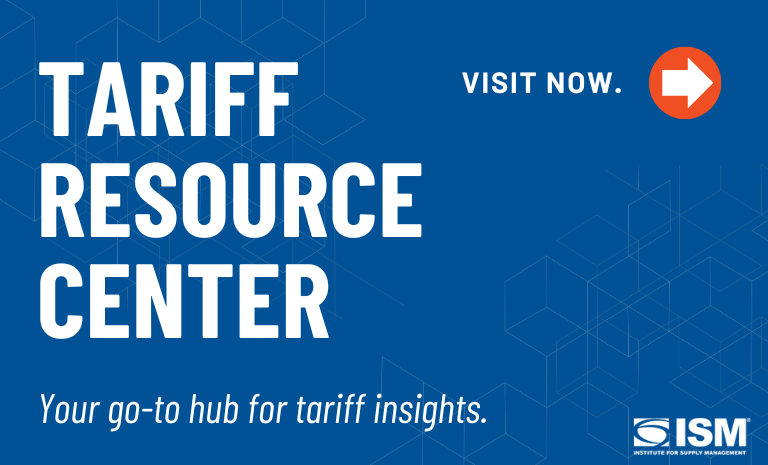Supply Chain News Roundup: Scaling Advanced Analytics and AI Successfully

Tariffs, volatility and the geopolitical environment aren’t the only things keeping chief supply chain officers (CSCOs) up at night. How to scale advanced analytics and artificial intelligence (AI) across complex, multi-system environments is another concern.
Research from Stamford, Connecticut-based advisory and consultancy Gartner has found that using a data fabric architecture can facilitate the process.
A data fabric architecture, according to Gartner, “enables organizations to manage and utilize data seamlessly across diverse systems, locations and partners. Rather than centralizing data into a single platform, data fabrics establish a unified data layer that connects information wherever it resides, spanning both cloud and on-premise supply chain applications.”
Data fabrics leverage active metadata, semantic models and AI, Gartner says, to automate data discovery, integration and delivery. Thus, CSCOs are able to access consistent, trusted data in real time — and they don’t have to overhaul or physically move existing systems, the firm says.
“For CSCOs, data fabrics offer reduced costs and time for data integration efforts, as well as improved decision-making through the ability to operationalize AI across supply chain activities,” Vas Plessas, director analyst in Gartner’s supply chain practice, said in a press release. “As supply chains face continued uncertainty and complexity in their operating environments, data fabrics enable integrated, scalable intelligence across expanding data models.”
Gartner recommends that CSCOs “take a deliberate, staged approach aligned with business priorities” when implementing a data fabric architecture. Among the actions to take are:
- Ensure data quality and that technology can support real-time data ingestion
- Collaborate with data and analytics leaders on such areas as governance and data ownership
- Get business unit leaders involved early.
Additionally, “assess internal skills and capabilities. Evaluate the organization’s data management, integration and modeling maturity,” the press release states. And start small, but scale quickly.
How CFO and CSCO collaboration combines financial discipline with operational agility was a focus of the September/October issue of Inside Supply Management®.
How AI Is Shaping Decisions in a Tariffs World
Geopolitics is reshaping where companies build, source and ship. According to Sphera, a provider of integrated sustainability and operational risk management software, data and consulting services, 94.5 percent of supply chain leaders say they expect to relocate parts of their business within 18 months due to tariffs and uncertainty.
And they are using AI to help them plan those moves.
Sphera surveyed 200 CPOs and CSCOs across the U.S. and United Kingdom to ask about how often they experience disruption, how they are reshaping their supply chains and the role of AI in managing risk.
Among the findings:
- Nearly three-quarters (73 percent) experienced supplier disruptions in the past year
- A quarter (23 percent) reported significant revenue or cost losses while half said they experienced minor losses
- AI-generated supplier risk summaries “help companies make faster day-to-day decisions (31 percent), quicker big-picture choices (29 percent) and get accurate results in less than 60 seconds (24 percent),” a press release stated.
How Are Digitization Efforts Working?
Most organizations are still challenged by turning digital ambitions into measurable performance, according to new research from LogHub, a Swiss provider of supply chain optimization and data visualization platforms.
The 2025 Supply Chain Network Design Maturity Assessment found that, despite years of transformation efforts:
- Less than a third (30 percent) of organizations have integrated supply chain optimization across their companies
- Fully automated reporting has been achieved by only 15 percent
- Visibility and inconsistent data were cited by 70 percent as the biggest challenges.
“The findings suggest that while digitalization is underway, many companies are still reacting to disruptions rather than proactively managing them,” a press release states. The provider analyzed companies with revenues from 100 million to 50 billion Swiss francs (US$125.6 million to $62.8 billion) across manufacturing, retail and logistics.

